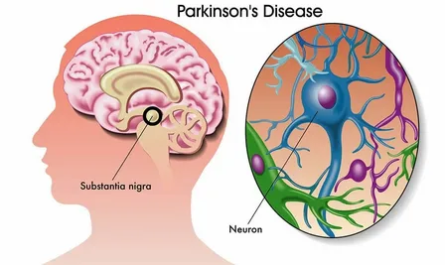The beauty service microbusiness industry in the United States, which includes small independently-owned nail salons, generates over $62 billion in annual sales. However, behind the scenes, the workers who provide these sought-after services face various health challenges stemming from the chemicals they use, repetitive movements, and awkward body posturing. Most of these workers are Asian female immigrants who earn low wages and are reluctant to speak out about their conditions due to factors such as immigration-related trauma, language barriers, and fear of job loss.
Dr. Aurora Le, an associate professor at the Texas A&M University School of Public Health, has conducted a new study funded by the National Institute for Occupational Safety and Health to delve into the complex challenges faced by beauty service workers and propose interventions and policy measures to address them.
The study utilized a research framework that explores how behavior, the physical/built environment, sociocultural environment, and healthcare system interact with various factors at the individual, interpersonal, community, and societal levels to influence the health of individuals and populations.
At the individual level, the researchers identified a lack of occupational health services and training, employment-related benefits, and low wages as key challenges for Asian and Asian American beauty service workers. Outreach and education initiatives focused on occupational safety and health would need to be culturally sensitive and provide materials in their language and literacy level. At the interpersonal level, which includes social interactions in the home and work environment, as well as larger social networks, similar challenges arise.
The availability of resources for these workers varies significantly by geographic location. Cities with a higher immigrant population from a particular country tend to have more in-language resources. However, the resources primarily focus on topics such as accessing healthcare and legal support, while limited materials are available on occupational safety and health, especially for microbusinesses.
At the societal level, state-specific licensure and health department regulations play a role, but many beauty service microbusiness owners may lack a comprehensive understanding of these regulations. Additionally, microbusinesses with fewer than 10 employees operate under thin profit margins and face survival challenges, making compliance with regulations more difficult. Furthermore, immigrant employees with insecure job positions are less likely to report unsafe practices.
To address these issues, collaborative efforts are needed at multiple levels. Individual-focused initiatives alone are insufficient. Stakeholders invested in the community’s health, along with business development experts who understand the workers’ context, must work together. Training should be available in the workers’ preferred language, and employers need to recognize the importance of workplace health and safety.
At the community level, community-based organizations for Asians and Asian Americans have played a vital role during the COVID-19 pandemic and now offer more resources on occupational safety and health issues. One example is Boat People SOS, a Vietnamese American nonprofit that has introduced programming on chemical exposures for nail salon workers in their training.
At the societal and policy level, the federal government has provided funding to certain community-based organizations for safety outreach efforts to Asian and Asian American beauty service microbusinesses. Some states have responded by adopting safer practices and advocating for workplace standards for nail salons, including better wages, training, and paid time off.
In terms of research and practice in occupational safety and health, community-based participatory research is suggested, where all parties have equal input and decision-making power, leveraging existing assets to empower participants. Bringing more Asians and Asian Americans into the occupational safety and health field as researchers in universities and government agencies would greatly benefit these workers. Increased collaboration between scientists, subject matter experts, and policy makers is also crucial.
By adopting a multi-level focus on occupational safety and health, these workers and employers, who have made new lives in the United States, can thrive and experience improved well-being.
*Note:
1. Source: Coherent Market Insights, Public sources, Desk research
2. We have leveraged AI tools to mine information and compile it



